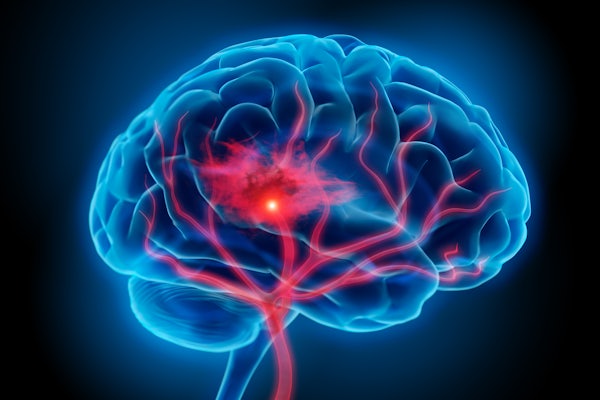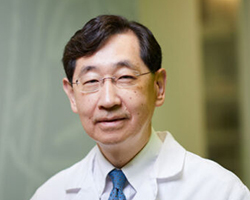‘Unprecedented opportunity’ to understand neurovascular recovery after stroke
Song Hu, Lan Yang, Jin-Moo Lee, MD, PhD collaborate on NIH-funded work

Each year in the U.S., nearly 800,000 people have a stroke, which leads to more than $46 billion spent annually in health care and related costs. A powerhouse team of researchers at Washington University in St. Louis is collaborating to understand how the brain remodels after stroke with the goal of finding new therapeutic targets that may lead to improvements in functional recovery.
Song Hu, associate professor of biomedical engineering in the McKelvey School of Engineering; Lan Yang, the Edwin H. & Florence G. Skinner Professor in the Preston M. Green Department of Electrical & Systems Engineering; and Jin-Moo Lee, MD, PhD, the Andrew B. and Gretchen P. Jones Professor of Neurology and head of the Department of Neurology at Washington University School of Medicine, as well as professor of biomedical engineering in McKelvey Engineering, have received a five-year, $3.12 million grant from the National Institute of Neurological Disorders and Stroke at the National Institutes of Health to understand how the brain recovers from ischemic stroke. They will each bring their expertise to tackle this acute brain injury, a leading cause of death and long-term disability for Americans.
While there has been some progress made in treating stroke that has improved survival rate and life expectancy, there has been limited progress in increasing stroke recovery. To recover fully, the brain must rewire, or functionally remap, its neural and vascular networks around the area damaged by the stroke. That intricate process requires nutrients, oxygen and good blood circulation to support the cellular processes required for neuronal circuit repair.
“Neurons need oxygen as the fuel to support metabolic demand,” Hu said. “Our work will advance neurovascular imaging by combining two-photon fluorescence microscopy with photoacoustic microscopy to provide dynamic visualization of blood oxygen delivery in response to neuronal activity.”
The team proposes that this powerful combination of two imaging modalities will provide them with images of single neurons and single capillaries that will help show the dynamic coupling between the two key brain components throughout stroke recovery.
“This is an unprecedented opportunity to understand the fundamentals of neurovascular recovery in stroke,” Hu said.
Hu and his team have already made a prototype system, but the use of a conventional opaque ultrasonic detector limits its success in neurovascular imaging. That’s where Yang, an internationally renowned expert in creating nano- and microphotonic devices, comes in.
In 2018, Yang’s lab was the first to successfully record environmental data using a photonic sensor resonator with a whispering-gallery-mode (WGM) architecture. These resonators work like the famous whispering gallery in St. Paul's Cathedral in London, where someone on the one side of the dome can hear a message whispered to the wall by someone on the other side. Unlike the dome, which has resonances or sweet spots in the audible range, the sensor resonates at light frequencies and also at vibrational or mechanical frequencies.
“Currently, the WGM sensors are made of silicon, which absorbs light and is not transparent, which will not work for brain imaging,” Hu said.
Yang’s lab will develop a transparent sensor that will pick up the tiniest ultrasound signal. The transparent sensor will then be incorporated into Hu’s microscopy system to enable a smooth integration of light and ultrasound.
Lee, who is co-director of the Stroke and Cerebrovascular Center at Barnes-Jewish Hospital and Washington University, has been studying how the brain networks are disrupted after stroke and subsequently repaired, resulting in recovery of behavioral function. As a co-principal investigator of the new NIH grant, he will guide Hu and Yang on how to use the newly developed technology and use the information derived from it to improve the understanding of cellular mechanisms of brain recovery after stroke.
“We developed this technology to be useful for stroke research, but the neurovascular interaction underlies a wide range of brain diseases, such as brain trauma, and neurodegenerative diseases such as Alzheimer’s disease,” Hu said. “This could have more broad impact down the road.”






